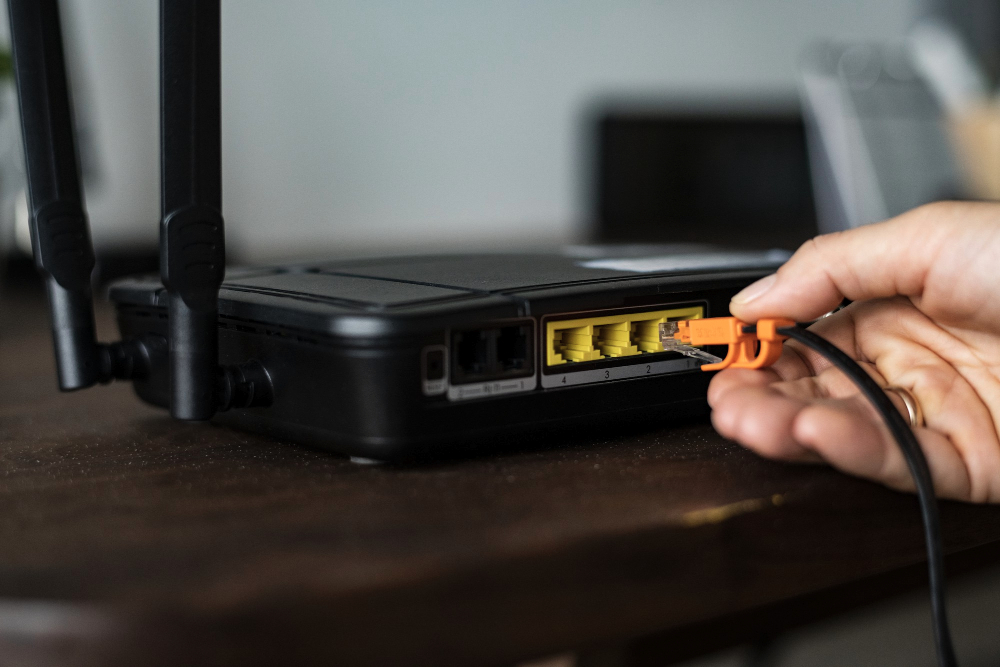Internal structure of a router: What's inside?
Internal structure of a router: What's inside?

The internal structure of a router is complex. A router is full of components that allow it to function and that we can surf the Internet at work and also at home. Although the idea that it transmits to us is that of a device that converts the signals that arrive from the street into the waves that are sent to our devices and vice versa, the system covers much more. We'll talk to you about what it's like on the inside.
The internal structure of a modern router
Although it is true that the internal structure of a modern router can vary from one manufacturer to another, there are some components that are common in all cases.
Something similar happens with laptops. There are those that have different functions and components, but they all share some elements. In fact, routers and laptops have much more in common than you might think, as you can see below.
CPU
The CPU is the brain of a router. All the processes go through it first and from there the orders go out to the rest of the components. It also receives and manages information that comes from outside, such as managing connected devices and what they can do. Some contain more than one core, especially fast processing.
Memory
There are at least three components reserved for memory: flash memory, RAM memory, and ROM memory. What is the use of each one that has a router inside?
- Flash memory. It stores the complete file of the CISCO IOS or the operating system that the router has installed. It does not change itself, you have to access it to make any changes or updates unless it is configured with periodic automatic updates and has the factory-set permissions.
- RAM memory. It is a memory that only works when the device is working and there is a demand that requires accumulating temporary data. For example, load the data of a video to show them without cuts. By shutting down or finishing the action you are performing, the occupied space is freed.
- ROM memory. It accumulates basic data that is not changed or modified. For example, the boot system, even if the device is formatted, remains unchanged.
Modem
Modern equipment includes the modem inside. It converts the digital signals it receives from the fiber to analog and vice versa. Without this component, it would not be possible to connect to computers, tablets, and Smart TVs.
Power supply
It is the part that manages the electricity of the device. It receives it and transforms it so that it can be distributed to the boards and components that need it for their operation.
The external structure of the router
Some of the internal components have an external part for their operation. The boot, restart or cable connections, among others, depend on these. As in the previous section, we will talk about the technical characteristics seen on the outside.
- Power connector. It receives the current that comes from the network and that has previously passed through a transformer supplied by the provider in the box.
- On-off switch. The on and off buttons that practically all devices on the market have.
- reset button. This is usually a small switch on the back of a very small hole with a button inside. With it, the router is restarted. It is usually used when the device crashes or after a failed update.
- Sockets . Common sockets include WAN, LAN, and SC/APC. They are those in which the telephone network cables are connected and supply data directly to the computer and the fiber optic input.
Now that you know the internal structure of a router and its relationship with the external part, all that remains is to have a team that can provide the best fiber optic solutions for companies. We know how important it is for you to get the best internet connectivity, and that's why we want to offer you our best service. Contact Voiped and we will tell you everything we can do for your company.
May 09, 2022
